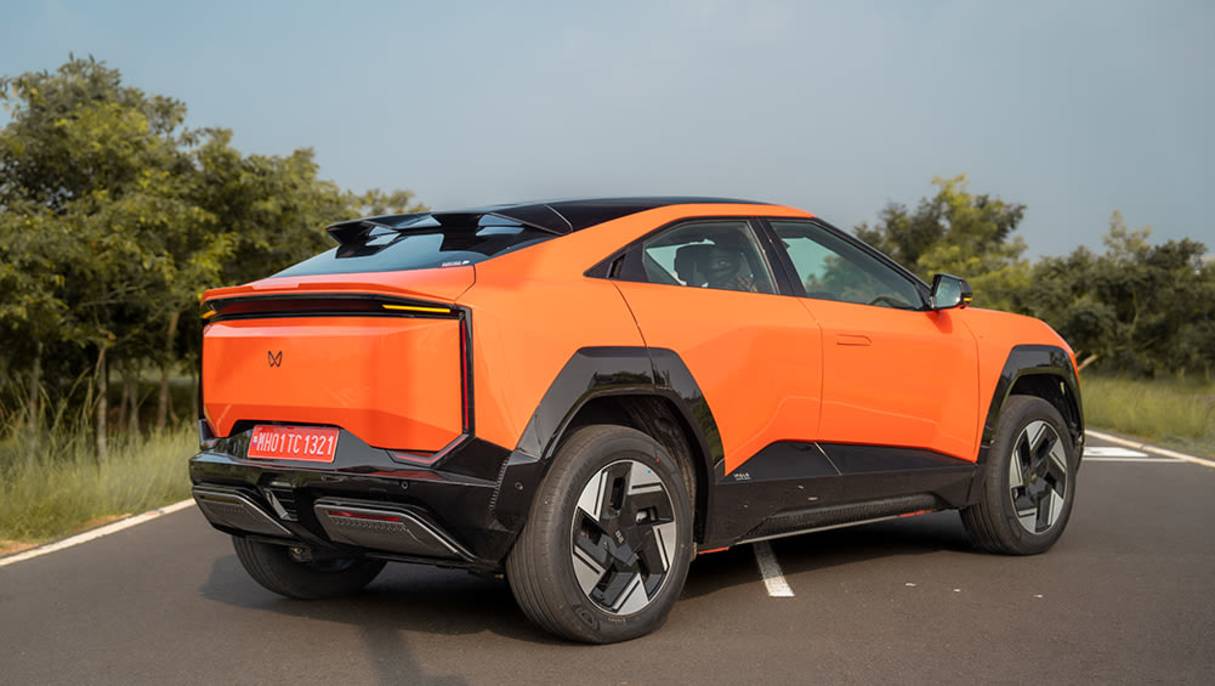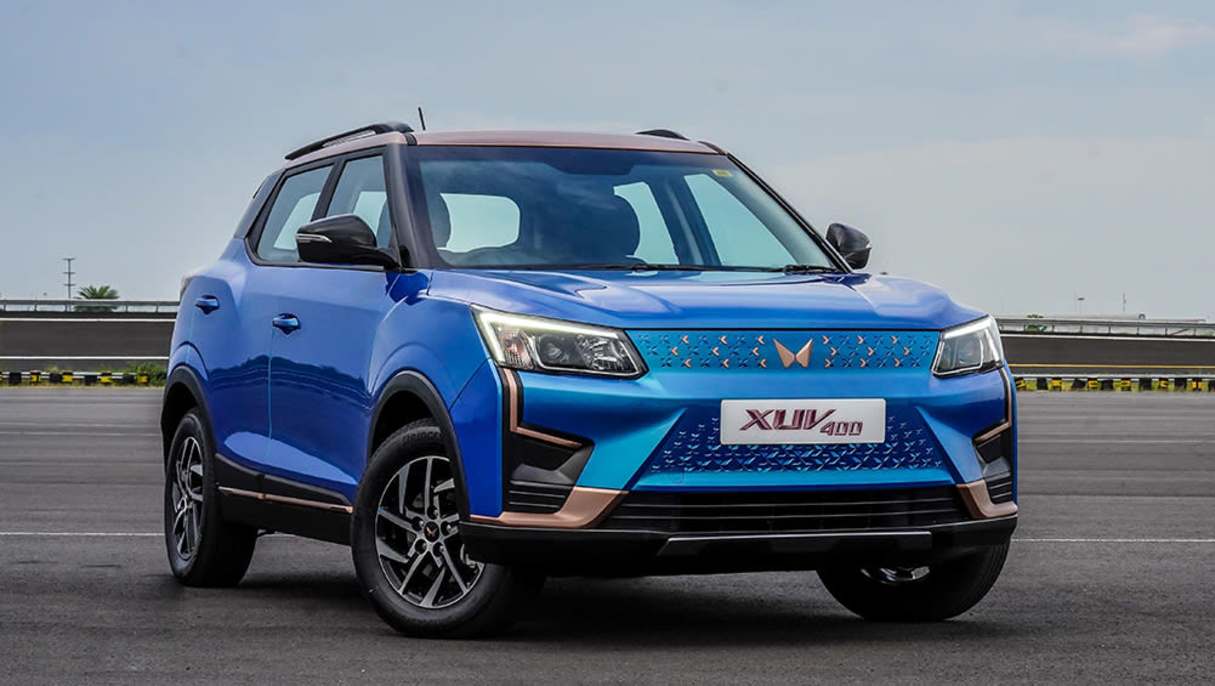A new player in the expanding electric vehicle (EV) market is coming to Australia.
To be confirmed next year and expected to arrive locally starting from 2027, the EVs in question are from Mahindra – the 80-year old automotive brand from India.
Mahindra is not synonymous with electrification, but has shocked sceptics by bounding into the top-three EV makers position in India this year to displace Hyundai, on the back of the Toyota RAV4-sized BE (Born Electric) 6e and its longer, BYD Sealion 7-esque coupe-SUV sibling badged the XEV (Crossover EV) 9e.
Measuring in at roughly 4.4 metres and 4.8m long respectively, these are not rehashed electric versions of existing internal combustion engine (ICE) models as per Mahindra’s other EV offering, the sub-4.0m SsangYong Tivoli-derived XUV400 that is also related to the XUV3XO. Instead, they are premium-priced pure EVs with Tesla in their crosshairs.
“We are committed to selling EVs in Australia in the not-too-distant future,” according to Mahindra Australia National Marketing Manager, James Halliwell. “We cannot confirm what they will be… but the BE 6e and XEV 9e are a good indication.”
So, how do they stack up?
They employ the Volkswagen Group’s advanced MEB skateboard architecture as a basis, but offer unique bodies, powertrains, drivetrains and interiors that are either Mahindra designed, developed and honed (at the company’s vast R&D facility and separate proving ground, both near the city of Chennai), or Mahindra-sourced. The motor, for example is from Valeo of France.

To this end – and underlining their appeal with consumers – are Tesla, Hyundai/Kia and BYD levels of advanced EV technologies.
Being software-defined vehicles, these include DC fast-charging capabilities of up to 175kW, up to 550km of WLTP range, so-called “ring structure” safety cell and level two advanced driver-assist safety, brake-by-wire tech, multi-step regenerative braking, a rear-engine placement for rear-wheel drive, multi-link rear suspension, adaptive dampers, dual “super screens” electronic displays powered by a Qualcomm Snapdragon chipset, 5G-network controlled AI assistance, over-the-air updates, and the choice of (for now) 59kWh or 79kWh Lithium Iron Phosphate (LFP) batteries supplied by BYD.

Created with 152 patents, these EVs are as contemporary in their fields as the Mahindra PIK-UP truck was (an albeit dependable) workhorse relic of the mid-20th Century – though their unusually-high 207mm ground clearance speaks to their Willys Jeep-based ancestors that started it all.
Intriguingly, if Mahindra can maintain some semblance of pricing parity with Indian-market versions, the BEV 6 would kick off from around $40,000 whilst the XEV 9e would likely start from about $45,000, giving the Sealion 7 a scare.
Whether these are the actual EVs we see in Australia is not yet known.
It is understood the company is working on export versions of both, brandishing differences in specification, trim and possibly crash structures to better-conform to specific market requirements.

Additionally, other EVs are set to spring off the INGLO (India for Global) architecture that the BE 6e and XEV 9e use, though what they are remains a secret.
The Vision Thar-e concept 4WD of 2023 is also likely to spawn an EV version, using the same platform, to complement the ICE range-extender core model that Mahindra has promised is on the high-priority list for Australia. That’s also due in 2027.

Beyond that, expect a smaller SUV of about Toyota Yaris Cross size, and maybe even an INGLO-based dual-cab ute.
We also understand that a facelift of the aforementioned XUV 400 EV will be released in India next year, and rebadged as simply the XUV3XO EV. If the ICE version sells strongly enough here, we may see that, too, before long.

Mahindra, then, is going full-speed ahead to beat BYD at its own game, and Australia is front-and-centre.
Watch this space.






.jpg)
.jpg)
.jpg)






 copy.jpg)





.jpg)













.jpg)